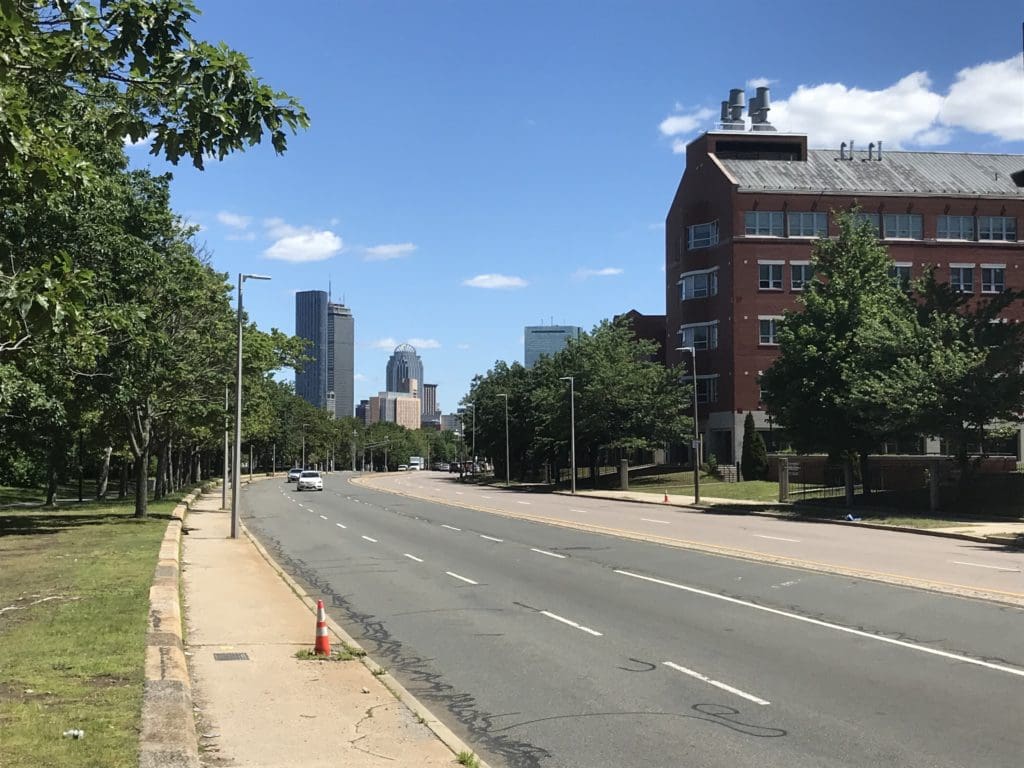Part 3 of our series on Building Safer Streets

By Ian Thomas
Most people will tell you that safety should be the top priority when designing streets. However, if you ask a transportation engineer (whose professional responsibility is to design streets), you might hear concerns about traffic volumes or speed. Unfortunately, the concept of “free-flowing traffic” has become so embedded in the culture of this profession that speed is often prioritized over safety. And there is a trade-off. As discussed in our prior posts: safety and speed are incompatible in complex environments which include driveways, intersections, turning movements, crossing movements, and vulnerable road users such as pedestrians, cyclists, and people using wheelchairs.
Unfortunately, design decisions that might make sense for limited access freeways – where pedestrians are not present – have been routinely incorporated into local streets and arterials. The tragic consequence is that most pedestrian fatalities occur on non-freeway arterials. Those are often multi-lane roads with high speeds going through commercial, retail, and residential areas. These can be on the edge of town, or right through the center of small towns and neighborhood business districts.

This trend is so pronounced, we bet it is happening in your community too. One way to confirm this is to analyze your community’s “High Injury Network” the specific locations where more deaths and injuries occur. It’s worth asking your local jurisdiction if they have conducted this analysis, and what it shows. If they haven’t then we recommend taking a look at the Safer Streets Priority Finder, where you can create such a network using available data. It is highly likely you will find that the least safe streets are high speed arterials.
Many residential streets are also built with speed in mind, not safety. If you and your neighbors are calling on the city to calm traffic on non-arterial streets, it’s a sign that speed and vehicle priority was probably baked right into the initial design, not safety.
Whether we are talking about residential streets or arterials, slowing the cars will likely require changing how the street is built. Education and enforcement can only go so far when the road design tells drivers that fast is just fine. Recent “Safe Systems” research reveals that motorists do not make intentional, conscious decisions about how fast to drive. Instead, visual cues from the roadway ahead directly influence the drivers’ operation of the accelerator pedal, effectively bypassing the brain.
So stay tuned for future installments where we review the design choices that engineers made, and how to change them to make streets safer.
Read the previous installment of this series here.